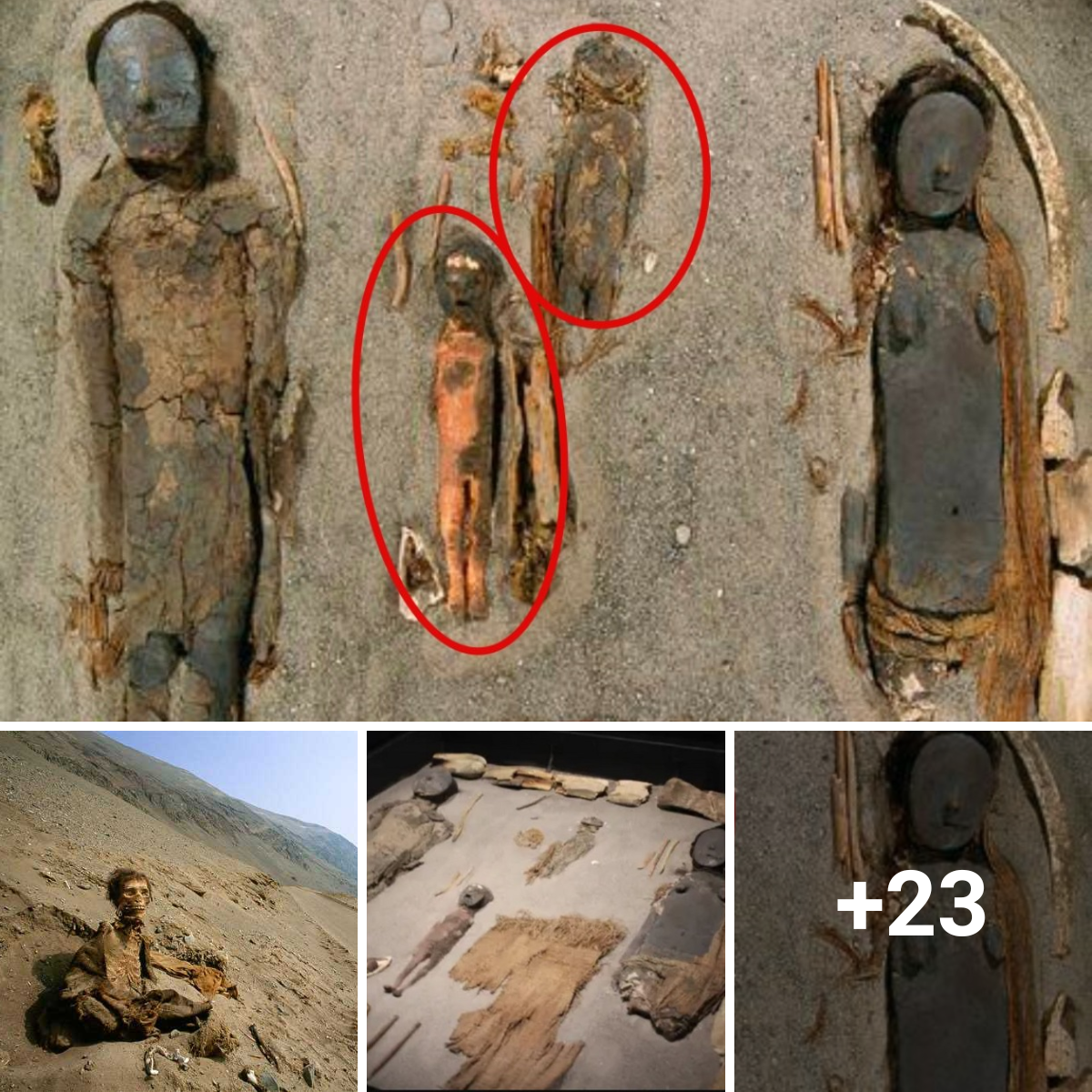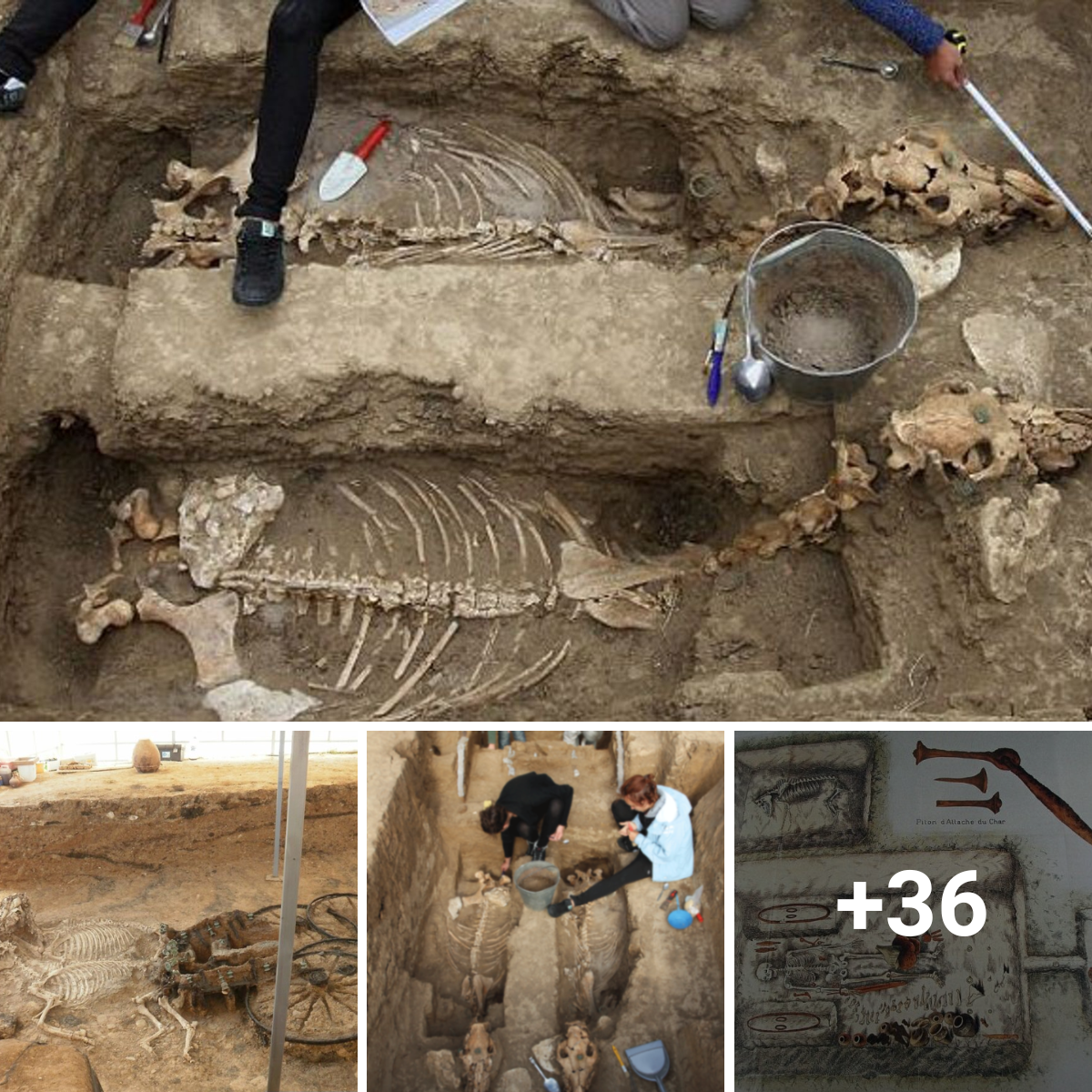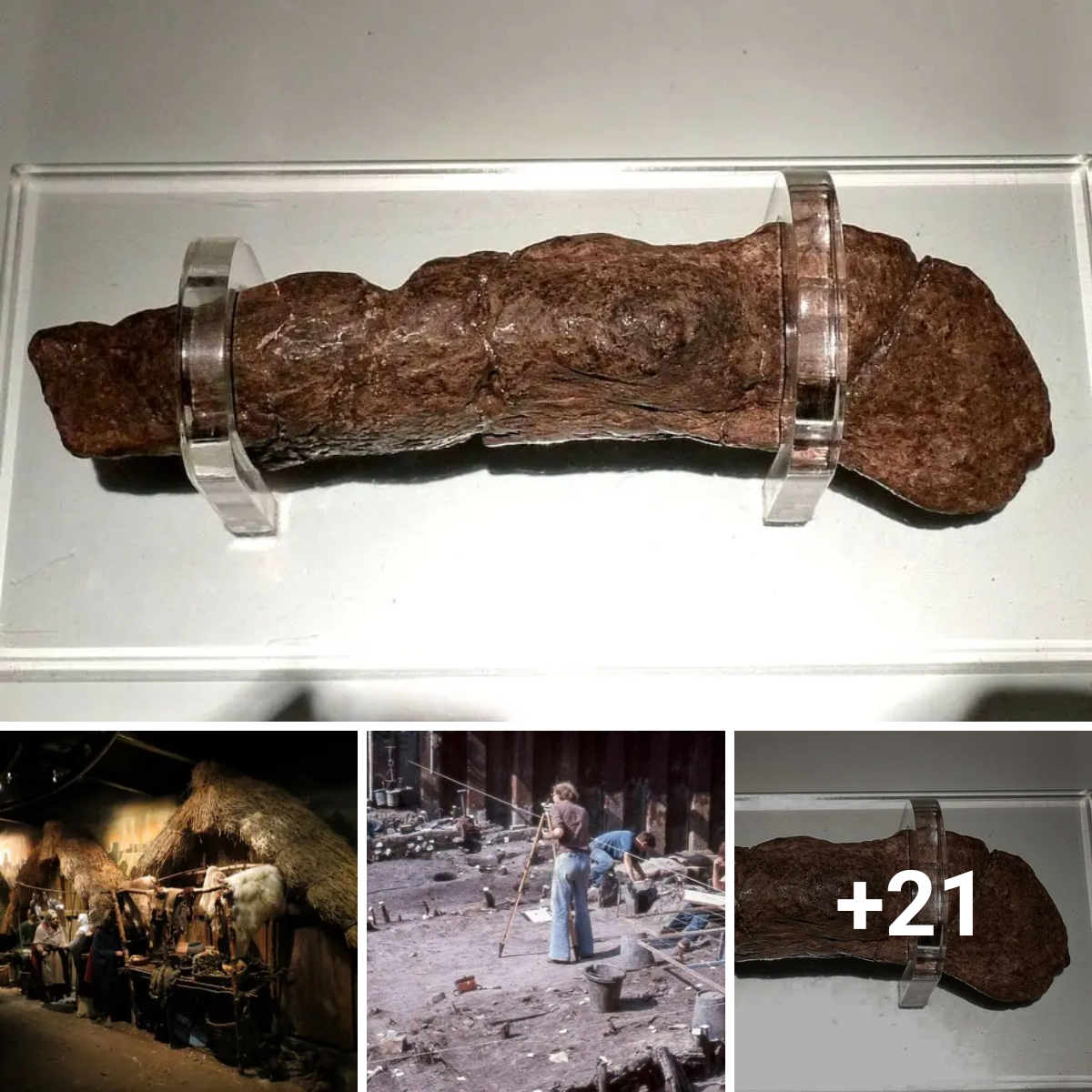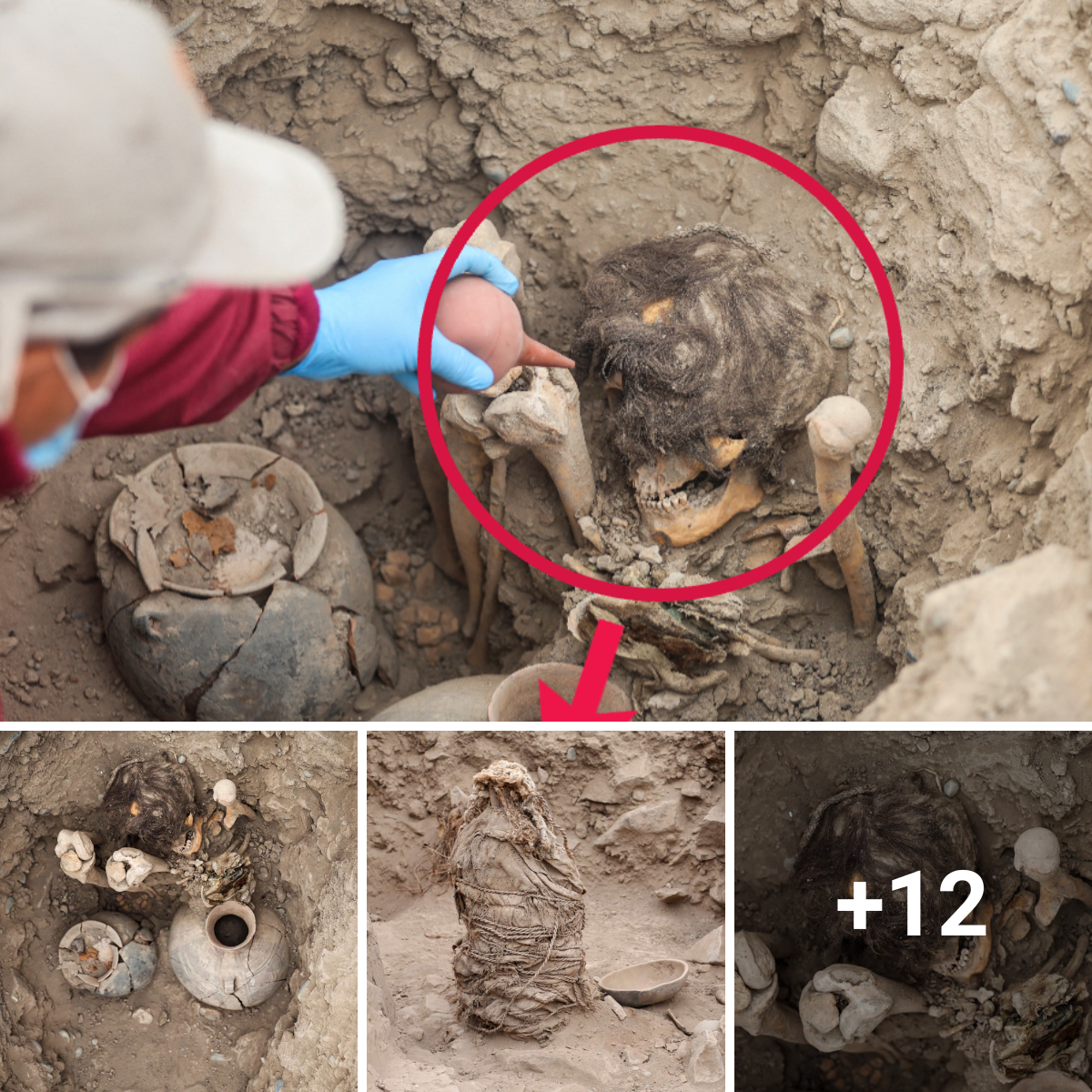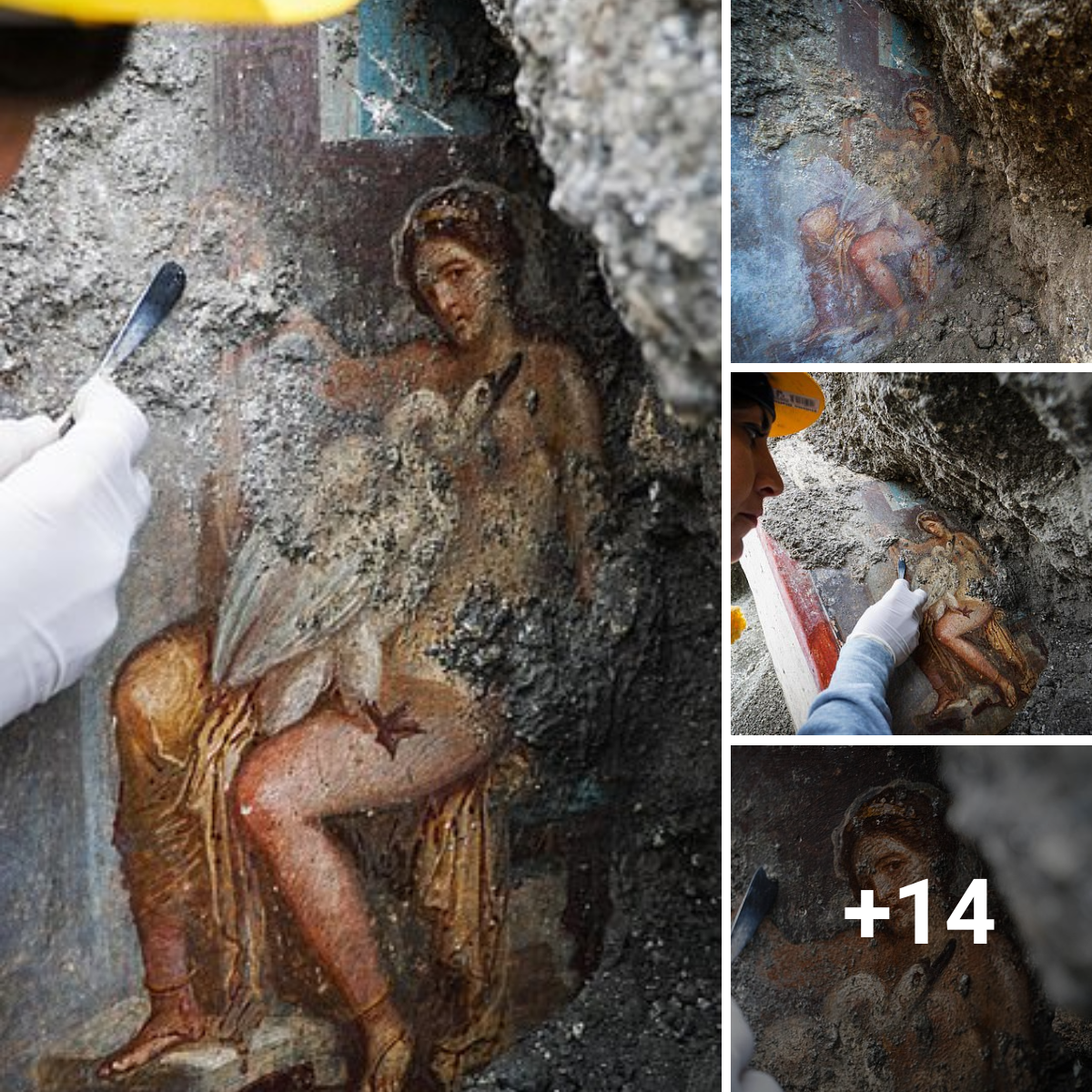You have a preview view of this article while we are checking your access. When we have confirmed access, the full article content will load.
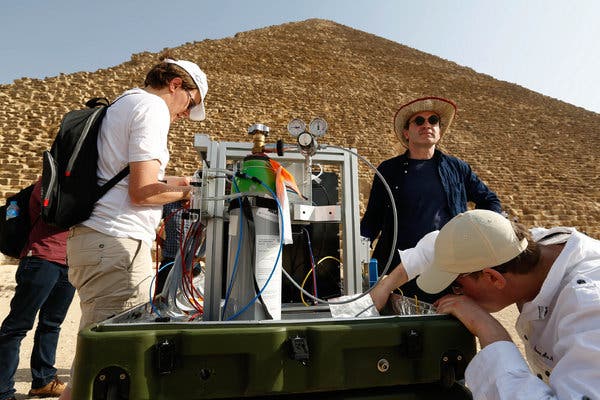
Researchers set up a muon telescope in front of the Great Pyramid of Giza’s north face. Borrowing a technique from particle physics, they discovered a 100-foot “void” inside the pyramid.Credit…ScanPyramids mission
The Great Pyramid of Giza has towered over Egypt for more than 4,500 years. Built during the reign of Pharaoh Khufu, the monument was a testament to the ruler’s architectural prowess and is thought to have been a home for his mummified remains.

For centuries, archaeologists have ventured into the Pyramid of Khufu, as it is also known, and marveled at the King’s chamber, the Queen’s chamber and the Grand Gallery. Now, using a technique from the field of particle physics, an international team of researchers has harnessed cosmic-ray collisions to peek inside and uncover a hidden “void” within the pyramid’s stones that is roughly 100 feet long, similar to the Statue of Liberty from her heel to her head.

“We don’t know if it’s a chamber, a tunnel, a big gallery or things like that,” said Mehdi Tayoubi, co-director of the ScanPyramids project, which published the finding Thursday in the journal Nature. “We have chosen the word ‘void’ and nothing else because we don’t know what this void is.”
Many archaeologists questioned whether the study offered any new information about the ancient Egyptians, and were quick to note that the team had most likely not found a hidden room filled with the pharaoh’s riches. They said the so-called void was probably empty space designed by the pyramid’s architects to lessen the weight on its chambers and prevent them from collapsing, an example of features that were already documented in the construction of the ancient monuments.

However, the study may suggest that advances in technology can offer a richer understanding of wonders of the ancient world that have long fascinated the human imagination.
